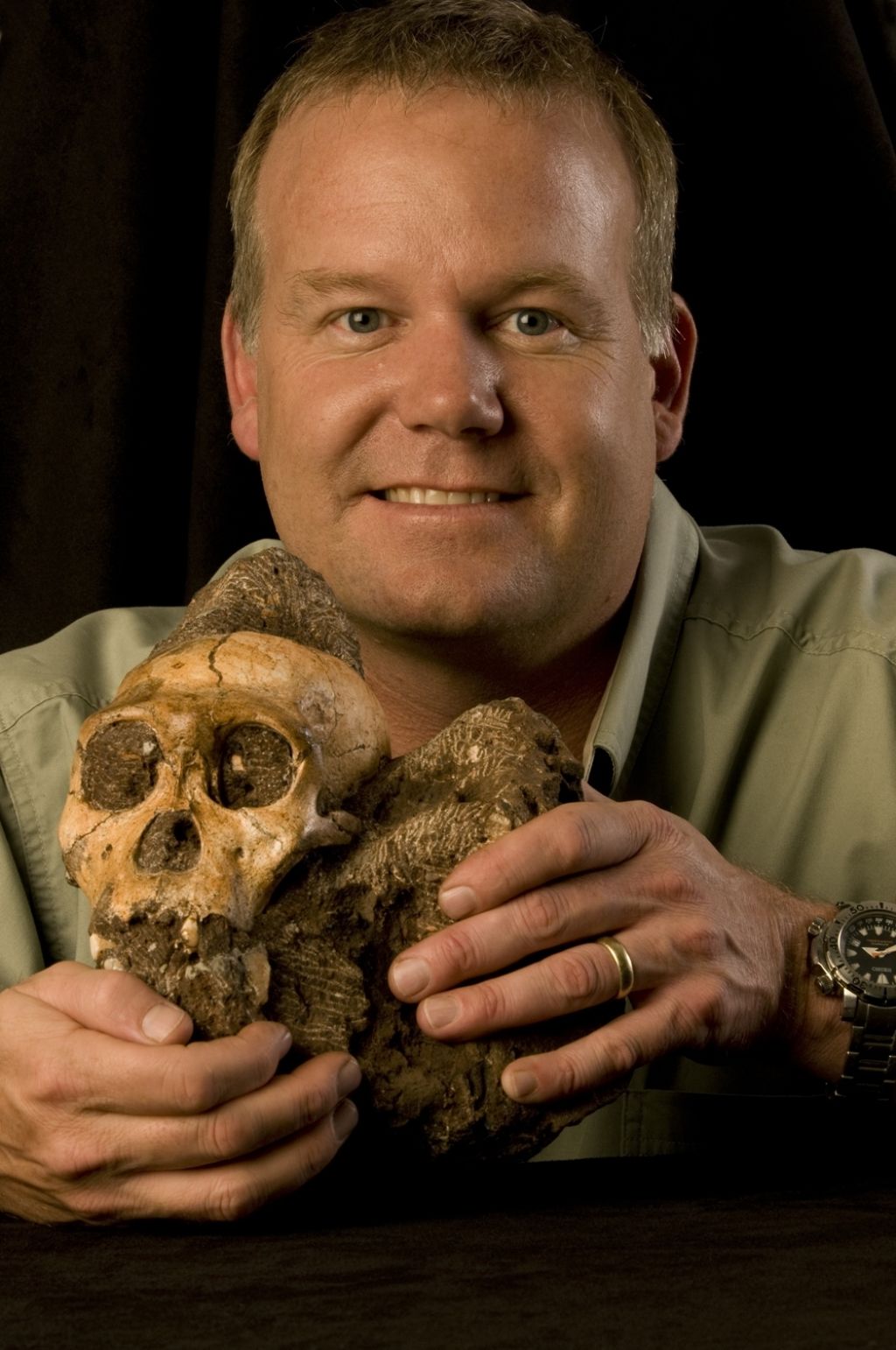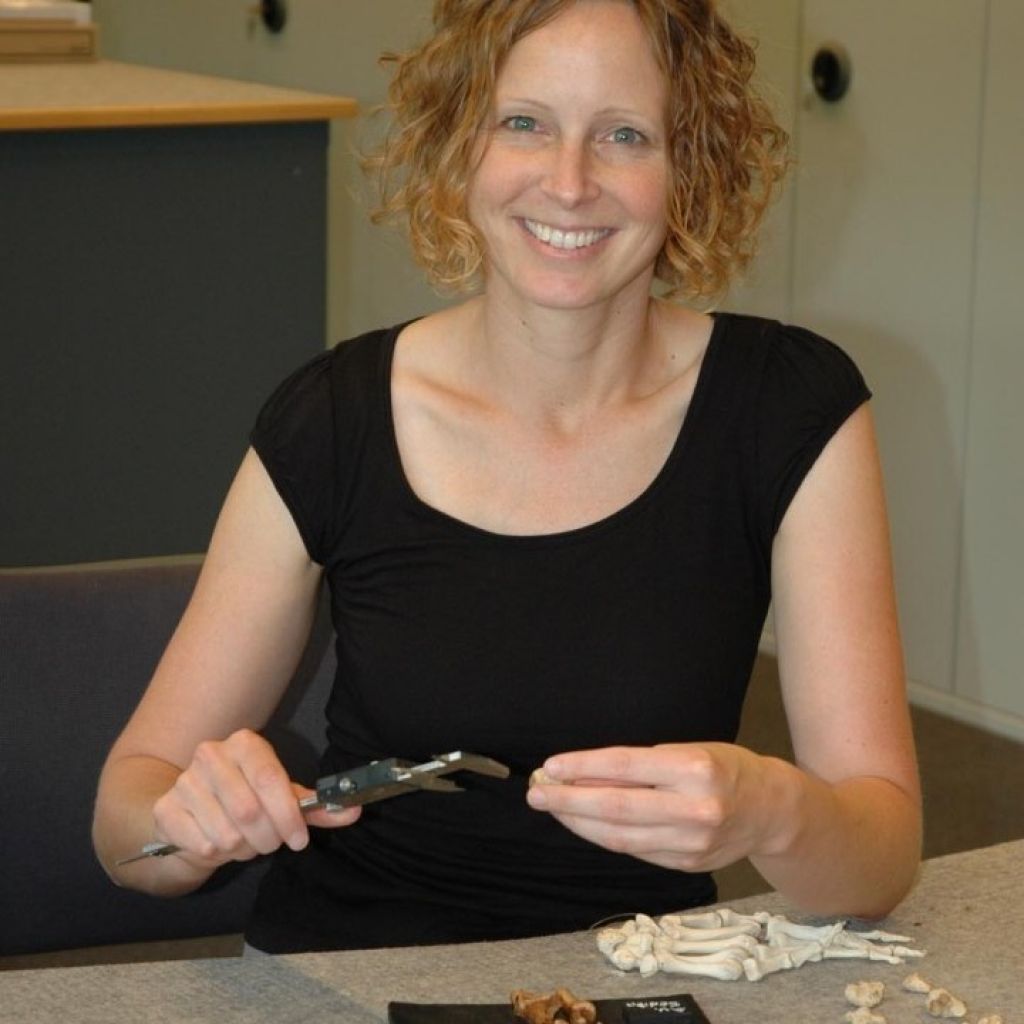More than 80 researchers behind new findings of Australopithecus sediba




Maropeng’s new fossil display, entitled More secrets of sediba revealed, features the fossils of an adult female Australopithecus sediba (MH-2) specimen, as well as a host of other fascinating fossils from the Malapa site in the Cradle of Humankind.
The display opens on September 9, a day after University of the Witwatersrand (Wits) Professor Lee Berger, senior team leader of the research group that has been studying the fossils, revealed important new findings about Australopithecus sediba.
A team of more than 80 scientists, students and technicians from across the globe have been involved in this new research, and some of South Africa’s brightest minds have contributed.
Here are some of the lead authors involved in the Australopithecus sediba research:
Award-winning author and researcher Professor Lee Berger discovered the Malapa site in 2008 and is responsible for uncovering the Australopithecus sediba fossils known as MH-1 and MH-2. He is currently a reader in the subjects of human evolution and the public understanding of science at the Wits Institute for Human Evolution. Professor Berger graduated from Georgia Southern University in 1989 and received his PhD from the University of the Witwatersrand in 1994.
Dr Kristian J Carlson is lead author of the Australopithecus sediba endocast (cast of the inner cranium) paper. He has been responsible for directing various visual aspects of the Australopithecus sediba research. He is a senior researcher at the Wits Institute for Human Evolution. Dr Carlson studied at the University of Michigan before studying further at Indiana University, going on to complete postdoctoral work at Universität Zürich and lecture at the New York College of Osteopathic Medicine.
Palaeoanthropologist Dr Tracy Kivell is lead author of the paper on the Australopithecus sediba hand. Her focus is the functional morphology of the primate hand. She is currently a junior researcher in the Department of Human Evolution at the Max Planck Institute for Evolutionary Anthropology in Leipzig, Germany. Dr Kivell obtained her PhD from the University of Toronto in 2007, before working as a research associate at Duke University in the USA.
Dr Steven E Churchill is a palaeontologist studying human morphological and behavioural adaptation. He has been responsible for leading the team working on the analysis of the postcranial remains of fossils from the Malapa site. Dr Churchill has been conducting fieldwork alongside Professor Berger since 1995. He has a PhD from the University of New Mexico and is an associate professor and past chair of the Department of Evolutionary Anthropology at Duke University in the USA.
Dr Robyn Pickering is the lead author of the paper that dates Australopithecus sediba. Dr Pickering’s field of research includes investigating the age and significance of carbonate rocks. Dr Pickering holds three degrees from Wits, and obtained her PhD from the University of Bern, Switzerland, in 2009.
Dr Job M Kibii is lead author on the Australopithecus sediba pelvis paper. Dr Kibii was with Professor Berger when the MH-1 and MH-2 discoveries were made and since then has been directing and supervising the day-to-day excavation on the Malapa site. Dr Kibii is also involved in the analysis of faunal remains recovered from the site and was responsible for the discoveries of an Australopithecine ilium (large bone of the pelvis) and an Australopithecine scaphoid (large bone articulating with the radius below the thumb). Dr Kibii obtained his honours degree from the University of Nairobi in 1998, before obtaining his PhD in archaeology and palaeoanthropology at Wits.
Palaeoanthroplogist Dr Bernhard Zipfel is the lead author of the paper on the Australopithecus sediba sediba foot and ankle paper. He currently serves as the Senior Curator of Collections at Wits. He has a special interest in the evolution of the human foot and the origins of human bipedalism. Dr Zipfel also manages the fossil primate collections at the School of Anatomical Sciences, as well as the rock collections at the School of Geosciences. Dr Zipfel obtained his PhD from Wits in 2005.
Structural geologist Professor Paul HGM Dirks is head of the School of Earth and Environmental Sciences at James Cook University, Australia, and the former head of the Wits School of Geosciences. He has a special interest in geodynamics and the tectonic history of cratonic terrains. Along with Professor Lee Berger, Professor Dirks helped develop a plan to systematically investigate cave occurrences and link them to active tectonic processes in order to better understand and plot fossil distribution patterns. In turn, this led to the discovery of the Malapa site in August 2008. Professor Dirks was then responsible for leading the geological team that helped excavate the site. Professor Dirks holds an MSc in Geology from the University of Utrecht, the Netherlands, as well as a PhD in Geology from the University of Melbourne.
For more information on the More secrets of sediba revealed display, visit the Maropeng website.